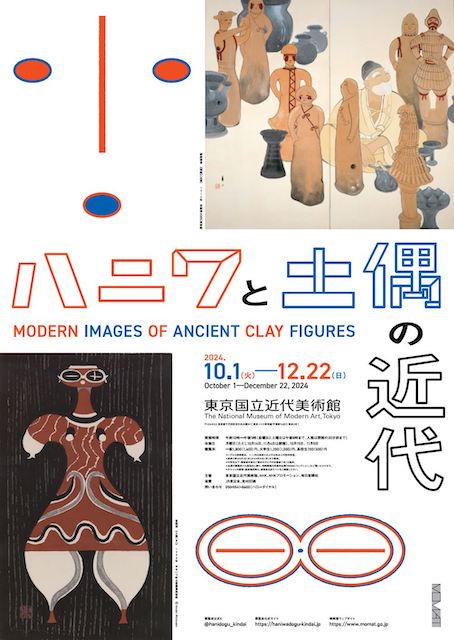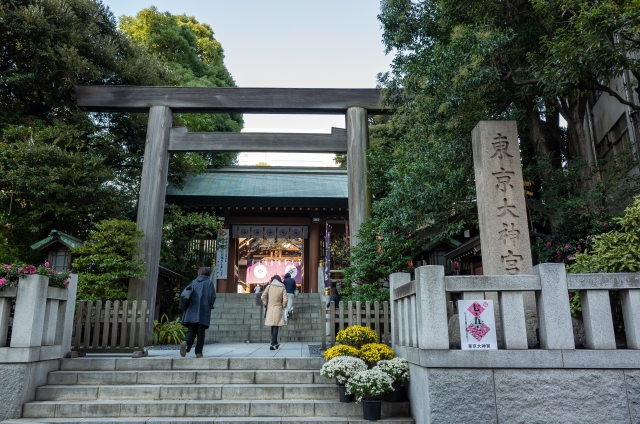Introduction to the Exhibitions
This fall and winter, two museums (Tokyo Nationa Museum & National Museum of Modern Art,Tokyo) in Tokyo are holding special exhibitions on clay figurines (dogu) and haniwa, attracting many visitors and bringing them into the spotlight.


What are Dogu?
First, clay figurines (dogu) are humanoid sculptures made from clay during the Jomon period (approximately 15,000 years ago to 2,000 years ago) in Japan. They are often modeled after women and are believed to have been used in religious rituals or prayers. Clay figurines symbolize fertility, childbirth, and life force, offering a glimpse into the faith and daily life of the people at the time.

(National Treasure)


What are Haniwa?
On the other hand, haniwa are clay figures made during the Kofun period (approximately 3rd to 7th centuries), primarily placed around tombs. Haniwa come in various forms, including animals, humans, warriors, and houses, and were made to protect the soul of the deceased or fulfill roles in the afterlife. Unlike clay figurines, haniwa are mainly associated with burial rituals and are symbolic of the Kofun culture.



Artistic Inspiration from Ancient Artifacts
Historically, these are not only fascinating artifacts but also have the power to move the hearts of modern artists. For example, Taro Okamoto (1911–1996) was inspired by the allure of the figurines and created numerous contemporary works.

Unveiling Ancient Spirituality
In an era without written language, the thoughts of people were not recorded in words, so modern-day individuals like us can only speculate on the spirit of the ancient people through their creations. The Jomon period figurines, whose creative intentions remain shrouded in mystery, are especially captivating. Perhaps it was during the over 10,000 years of the Jomon period that the spirituality connected to modern Japanese people was formed. In particular, the unique natural environment of this island nation, and the consciousness of a sacred, transcendent presence (traditionally referred to as “kami“) that can be sensed behind it, may be the source of the Shinto religion we call today.



Bridging the Past and Present
These artifacts not only offer a fascinating historical perspective but also remain a source of inspiration, bridging the past and present through art and spirituality. The reason this special exhibition has captivated so many people is undoubtedly because, across the vast span of time, we modern individuals are searching for a connection to the thoughts and spirits of the people who once lived in this land. We seek something that has been lost—perhaps a deeper understanding of nature, spirituality, or the bond between humans and the world around them.

